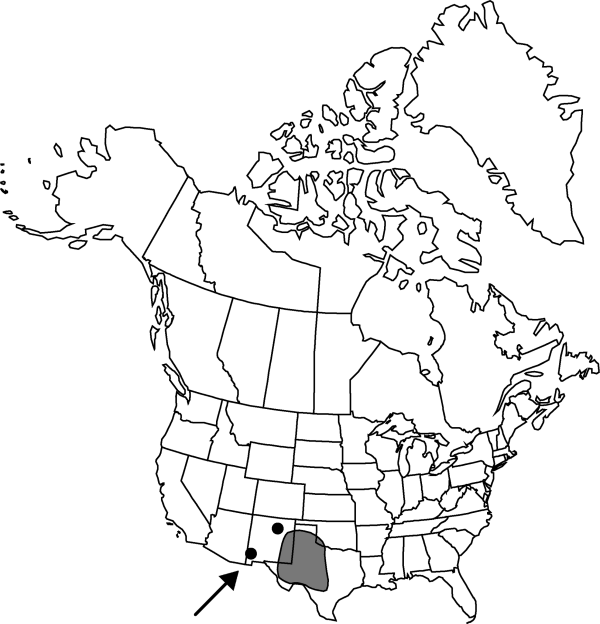Difference between revisions of "Cylindropuntia davisii"
in C. Backeberg and F. M. Knuth, Kaktus-ABC, 124. 1935.
imported>Volume Importer |
imported>Volume Importer |
||
| Line 1: | Line 1: | ||
{{Treatment/ID | {{Treatment/ID | ||
|accepted_name=Cylindropuntia davisii | |accepted_name=Cylindropuntia davisii | ||
| − | |accepted_authority=(Engelmann & J. M. Bigelow) | + | |accepted_authority=(Engelmann & J. M. Bigelow) F. M. Knuth |
|publications={{Treatment/Publication | |publications={{Treatment/Publication | ||
|title=in C. Backeberg and F. M. Knuth, Kaktus-ABC, | |title=in C. Backeberg and F. M. Knuth, Kaktus-ABC, | ||
| Line 49: | Line 49: | ||
-->{{#Taxon: | -->{{#Taxon: | ||
name=Cylindropuntia davisii | name=Cylindropuntia davisii | ||
| − | |authority=(Engelmann & J. M. Bigelow) | + | |authority=(Engelmann & J. M. Bigelow) F. M. Knuth |
|rank=species | |rank=species | ||
|parent rank=genus | |parent rank=genus | ||
| Line 63: | Line 63: | ||
|publication year=1935 | |publication year=1935 | ||
|special status=Illustrated;Endemic | |special status=Illustrated;Endemic | ||
| − | |source xml=https:// | + | |source xml=https://bitbucket.org/aafc-mbb/fna-data-curation/src/2e0870ddd59836b60bcf96646a41e87ea5a5943a/coarse_grained_fna_xml/V4/V4_209.xml |
|subfamily=Cactaceae subfam. Opuntioideae | |subfamily=Cactaceae subfam. Opuntioideae | ||
|genus=Cylindropuntia | |genus=Cylindropuntia | ||
Latest revision as of 22:57, 5 November 2020
Shrubs, densely branched, 0.2–0.6 m; roots with elongate, tuberlike swellings. Stem segments easily detached, whorled, obscuring trunks, light green, 4–6 × 0.8–1.2 cm; tubercles prominent, 1–2 cm; areoles subcircular, 2–3.5 mm in diam.; wool tan. Spines 7–13(–21) per areole, at most areoles, spreading, obscuring stems, yellow- to red-brown to nearly black, tipped yellow, subterete to angularly flattened, the longest 1.5–5 cm; sheaths loose fitting, ± yellow to tan, 1.5–2 mm diam. Glochids in adaxial tuft, yellow, 2–4 mm. Flowers: inner tepals yellow-green, tinged purple-red, aging reddish brown or bronze, spatulate, 15 mm, apiculate; filaments pale green basally to purplish distally; anthers orange-yellow; style cream to pale green, sometimes faint purple-pink distally; stigma lobes very pale green. Fruits usually sterile, often in chains of 2, yellow, top-shaped, 20–30 × 10–20 mm, pulpy, tuberculate, spineless (rarely few-spined); tubercles subequal; umbilicus 5–8 mm deep; areoles 20–35. Seeds, when present, yellow-tan, subcircular, flattened, 3 mm diam., sides smooth; girdle narrow, not protruding. 2n = 22, 44 (one count).
Phenology: Flowering late spring (May–Jun).
Habitat: Grasslands, oak-juniper-mesquite woodlands, plains or slopes, sandy to loamy soils
Elevation: 600-1500 m
Distribution

N.Mex., Okla., Tex.
Discussion
Selected References
None.
